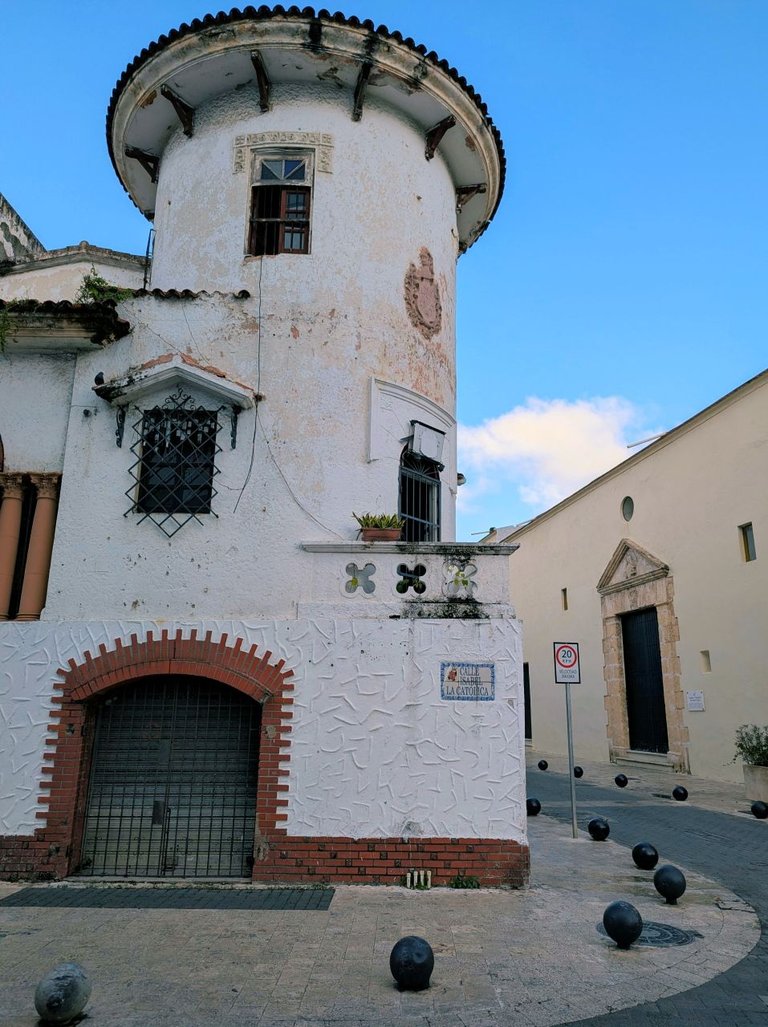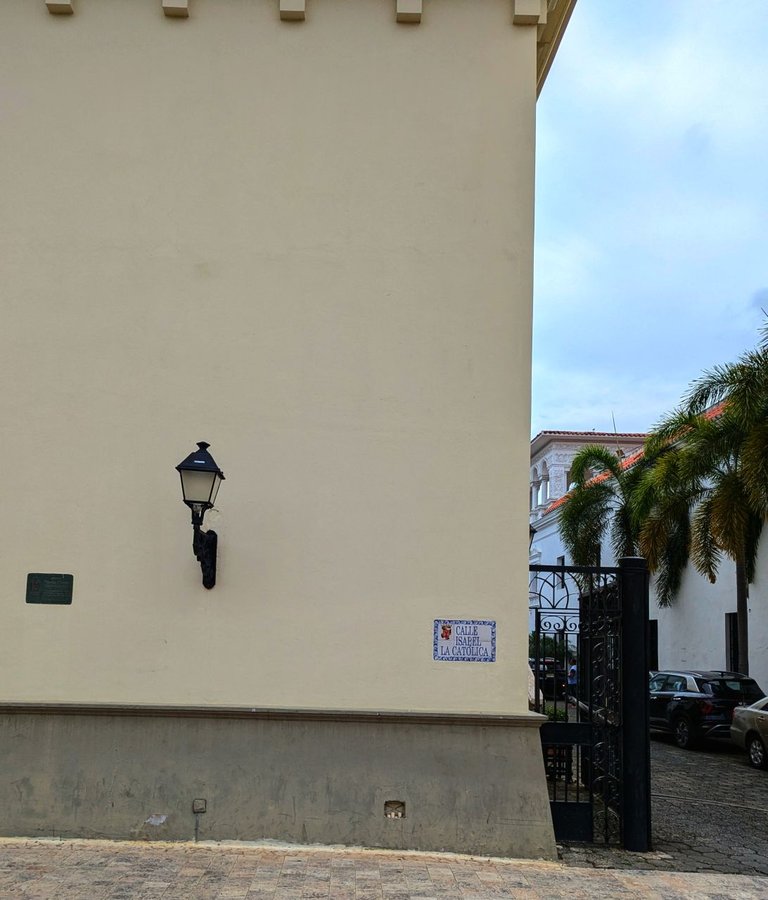A Woman of Her Times

Christopher Columbus had a bold proposal to head west across the Atlantic, where he would come across the land of Cipango, as the Japan area was known back in the 15th century. He had calculated a journey of 2,400 nautical miles between the Canary islands and Cipango, heading west (Dominguez, 2006). It was generally accepted by the intelligentsia at the time that the world was indeed round, so Columbus' idea, based on Toscanelli's work, had some merit. But remember, we're talking about a time when our scientific knowledge and knowhow was severely limited. The existence of sea monsters at the edge of the world was a very real possibility in the popular mind. I read that even Columbus expected to find "monstrous men" and other creatures.
Columbus' calculation was wrong because he used a smaller version of Earth's globe, as well as the wrong mile (Roman instead of Arabic). In actuality, there are 10,600 nautical miles between the islands and Japan, so had he been aware of his error, perhaps history would've turned out different. Unless the error was deliberate. As it stands, Columbus never found out his miscalculation (Dominguez, 2006).
With plans in hand, Columbus petitioned the Portuguese king, who refused him twice. The king was more keen on the round Africa route as way to reach the lands of India and beyond. Columbus then sought an audience with Spain's reigning monarchs, who were at the moment busy with internal military affairs. So, you can imagine their state of mind.
The astute Spanish queen, Isabella I of Castile, called for a convention of scientists, philosophers, theologians, and other thinkers to assess Columbus' proposal. They were less than thrilled and rejected it. Never trust a committee! He attempted again several years later until at last, he reached a deal with the Spanish royals.
The queen rejected Columbus at the last minute because of his extravagant demands, which included land, profits, and hereditary titles, should he discover any land along the way. After all, he was going to the edge of the known world. Columbus' allies intervened on his behalf with the queen and convinced her that the risks were worthwhile. So she recalled the navigator, just as he was leaving the city, and came to an accord with him (Dominguez, 2006).
The admiral and the queen signed The Capitulations of Santa Fe on April 17, 1492.

Resources
Historia Dominicana. 2006. Jaime de Jesus Dominguez. Letra Gráfica.
 |  |  |  |
|---|---|---|---|
| X | InLeo | NFT Showroom |
How nice that in the end the queen agreed and the historical events we know about took place, beautiful pictures!
The queen was smart and clever. She was ahead of her times on many things. 👸
It is interesting that in history there are people like that... very interesting.
They're ahead of the pack, like we say around here.
😁